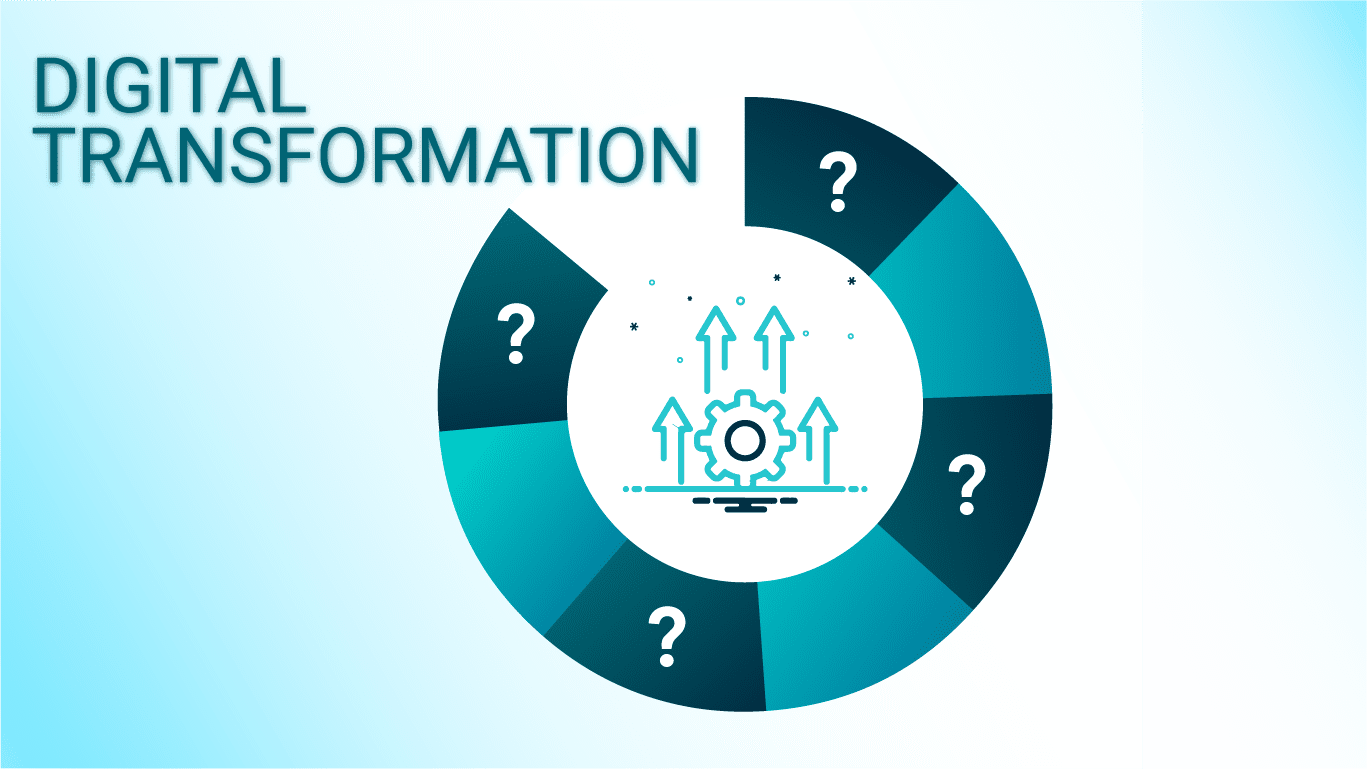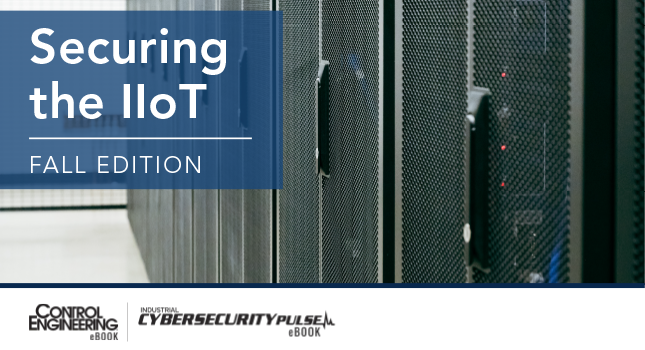Cybersecurity is a hot topic for many companies. However, most don’t consider their digital transformations may be creating a cybersecurity threat. After all, if large companies with world-class resources at their disposal experience such breaches, what does that mean for smaller, less mature organizations?
It’s a question on a lot of people’s minds. However, not enough organizations are well-versed or mature in their ability to ensure their digital transformations don’t end up increasing cybersecurity threats.
As you embark on a digital transformation, consider these four questions related to cybersecurity.
1. How secure is your third-party integration?
Your company’s core systems and data is exposed to potential cybersecurity threats each time you integrate with a third-party system. Even if the back-office system is completely locked down, it doesn’t mean this security necessarily extends to other systems you might integrate with. It is important to have a complete view of where data and security breaches could occur across multiple systems.
2. How secure is your cloud enterprise resource planning (ERP) provider?
Since cloud ERP is reaching the tipping point of adoption, more people are becoming concerned with cyberattacks on hosting providers. It is important to fully assess your cloud provider’s security capabilities and standards to ensure data is not exposed to potential threats.
3. Are your employees well-versed on threats and risks related to cybersecurity?
Unfortunately, even the most sophisticated ERP system won’t solve your cybersecurity threats. After all, internal employees are the most common culprits of cybersecurity threats. Creating awareness, education, and training for your employees to ensure they are focused on protecting your company’s cybersecurity and data assets is crucial. Cybersecurity should have its own organizational change management strategy and plan.
4. Have you adequately addressed security roles and profiles in your digital transformation?
It is also important to ensure you have carefully vetted security and access profiles for each of your employees. In addition to ensuring you have addressed required internal controls and regulatory requirements, you also need to make sure you are not unintentionally creating opportunities for your employees to compromise your cybersecurity. Information technology (IT), internal control, and risk management teams should be involved in defining employees’ security profiles.
How to mitigate cybersecurity threats
Strategies include cybersecurity awareness training, aggressively trying to expose potential breaches as part of your overall testing and deployment plans and creating a cybersecurity center of excellence.
Eric Kimberling, CEO and founder, Third Stage Consulting Group, a CFE Media content partner. This article originally appeared on Third Stage Consulting’s blog.
Cybersecurity certification may soon be required for manufacturers
Cybersecurity certification may soon be required for manufacturers
Strategic IT service company recognized by cybersecurity accreditation board
NeoSystems, a strategic IT service company, recognized with CMMC certification
Mitigating OT cybersecurity risks, enforcing best practices
Original content can be found at www.thirdstage-consulting.com.
Do you have experience and expertise with the topics mentioned in this article? You should consider contributing content to our CFE Media editorial team and getting the recognition you and your company deserve. Click here to start this process.








